Preface
Who This Book Is For
What This Book Covers
Conventions Used in This Book
Using Code Examples
O’Reilly Safari
How to Contact Us
Acknowledgments
1. Introducing Progressive Web Apps
The Web Strikes Back
The Current Mobile Landscape
The Progressive Web App Advantage
The Tab, the Web, and the Service Worker
2. Your First Service Worker
Setting Up Our Sample Project
Welcome to the Gotham Imperial Hotel
Getting to Know the Code
The Current Offline Experience
Creating Your First Service Worker
What Is Progressive Enhancement?
HTTPS and Service Workers
Fetching Content from the Web
Capturing Offline Requests
Creating HTML Responses
Understanding Service Worker Scope
Summary
3. The CacheStorage API
What CacheStorage Is and, More Importantly, What It Is Not
Deciding When to Cache
Storing Requests in CacheStorage
Retrieving Requests from CacheStorage
Caching in Our Sample App
Matching the Right Response to Each Request
HTTP Caching and HTTP Headers
Summary
4. Service Worker Lifecycle and Cache Management
The Service Worker Lifecycle
The Service Worker Lifetime and the Importance of waitUntil
Updating a Service Worker
Why We Need to Manage the Cache
Cache Management and Clearing Old Caches
Reusing Cached Responses
Configuring the Server to Serve the Right Caching Headers
Developer Tools
The Console
Have You Tried Turning It Off and On Again?
Inspect CacheStorage and IndexedDB
Network Throttling and Simulating Offline Conditions
Lighthouse
Summary
5. Embracing Offline-First
What Is Offline-First?
Common Caching Patterns
Mix and Match: Creating New Patterns
Planning Our Caching Strategy
Implementing Our Caching Strategy
Application Shell Architecture
Including Content in the Initial Render
Implementing App Shell
Achievement Unlocked
Summary
6. Storing Data Locally with IndexedDB
What Is IndexedDB
Using IndexedDB
Opening a Database Connection
Database Versioning/Modifying an Object Store
Adding Data to an Object Store
Reading Data from an Object Store
IndexedDB Version Management
Reading Objects With a Cursor
Creating Indices
Reading Data Using an Index
Limiting a Cursor’s Range
Setting a Cursor’s Direction
Updating Objects in an Object Store
Deleting Objects from an Object Store
Deleting All Objects from an Object Store
Handling Bubbling IndexedDB Errors
IndexedDB for SQL Ninjas
IndexedDB in Practice
The Database That Was Promised
IndexedDB Housekeeping
Using IndexedDB in the Service Worker
The IndexedDB Ecosystem
PouchDB
localForage
Dexie.js
IndexedDB Promised
Summary
7. Ensuring Offline Functionality with Background Sync
How Background Sync Works
The SyncManager
Accessing SyncManager
Registering Events
Sync Events
Event Tags
Getting a List of Registered Sync Events
Last Chances
Passing Data to the Sync Event
Maintaining an Action Queue in IndexedDB
Maintaining a Queue of Requests in IndexedDB
Passing Data in the Sync Event Tag
Adding Background Sync to Our App
Summary
8. Service Worker to Page Communication with Post Messages
Window to Service Worker Messaging
Service Worker to All Open Windows Messaging
Service Worker to Specific Window Messaging
Keeping the Line of Communication Open with a MessageChannel
Communicating Between Windows
Posting Messages from a Sync Event to the Page
Summary
9. Grabbing Homescreen Real Estate with Installable Web Apps
Installable Web Apps
How Browsers Decide When to Show an App Install Banner
Anatomy of a Web App Manifest
Backwards, Sideways, and Future Compatibility
Summary
10. Reach Out with Push Notifications
Life of a Pushed Notification
The Notification API
The Push API
Push + Notification
Creating Notifications
Requesting Permission for Notifications
Showing Notifications
Adding Notification Support to Gotham Imperial Hotel
Subscribing a User to Push Events
Generating Public and Private VAPID Keys
Generating a GCM key
Creating a New Subscription
Subscribing Gotham Imperial Hotel Users to Push Messages
Sending Push Events from the Server
Listening for Push Events and Showing Notifications
Interrogating Notifications
Summary
11. Progressive Web App UX
Grace and Trust
Communicating State from the Service Worker
Communicating with Progressive UI KITT
Common Messages in Progressive Web Apps
Caching Complete
Page Cached
Action Failed But Will Complete When User Regains Connectivity
Notifications Enabled
Choosing the Right Words
Always Be Closing
Progressive Web App Design
Your Design Should Reflect Changing Conditions
Your Design Should Fit Its Environment
Your Design Should Adapt to the Particularities of Each Medium
Your Design Should Instill Confidence and Inform the User
Your Design Should Help the User and Your Business Achieve Their Goals
Taking Charge of the Install Prompt
Measuring and Aiming for Performance with RAIL
Summary
12. What’s Next for PWAs
Accepting Payments with the Payment Request API
User Management with the Credential Management API
Real-Time Graphics with WebGL
Futuristic APIs with Speech Recognition
Virtual Reality in the Browser with WebVR
Easy Sharing to and from Your App
Slick Media Playing UIs
The Next Great Era
A. Service Workers: A Great Opportunity to Adopt ES2015
Template Literals
Arrow Functions
Object Destructuring
More ES2015
B. Full-Page Interstitials or: How I Learned to Hate the Door Slam
C. CORS Versus NO-CORS
Index
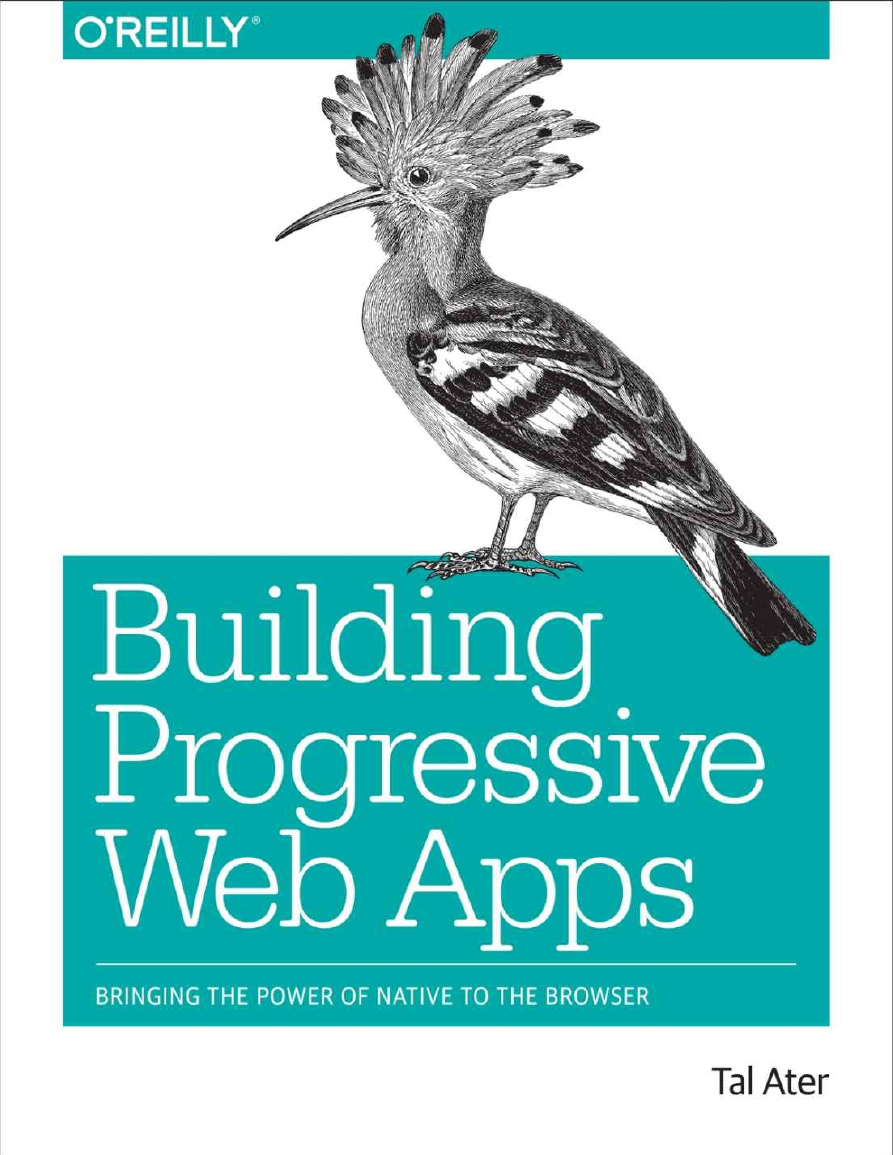
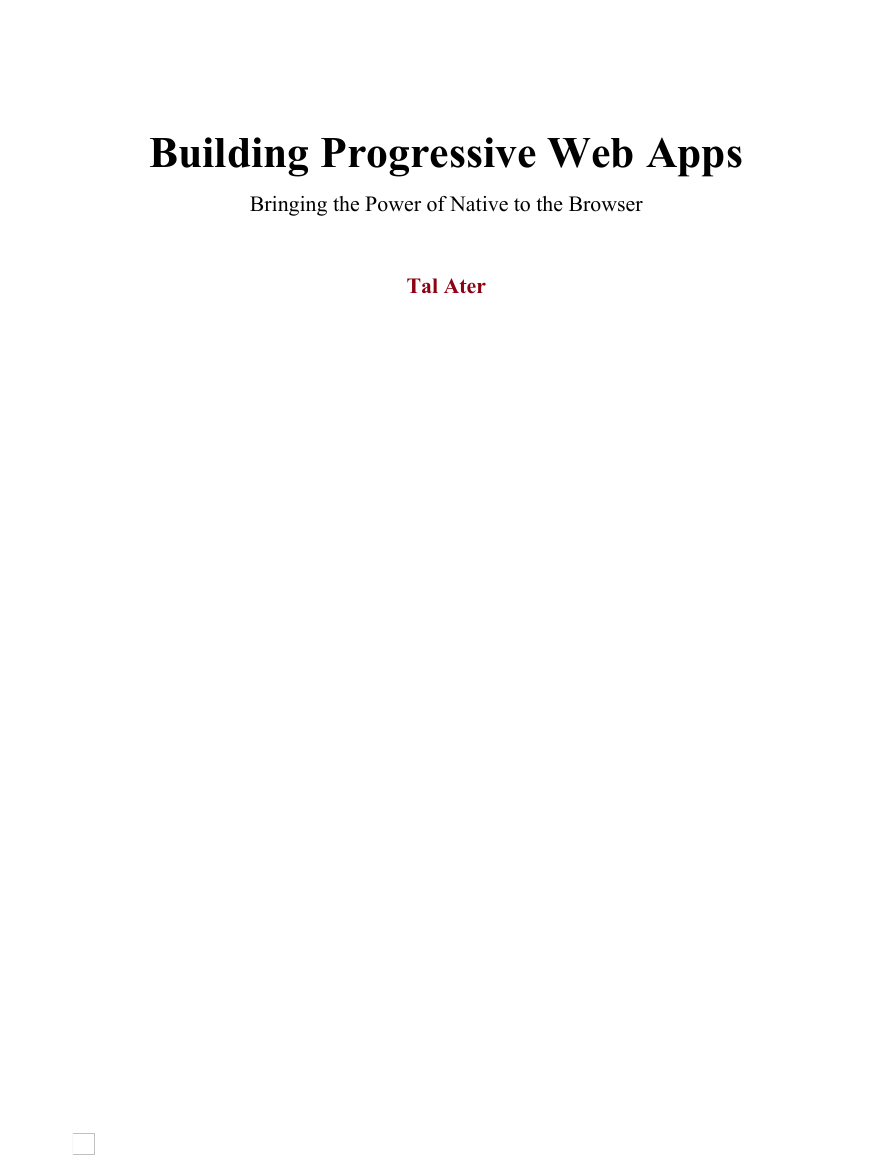
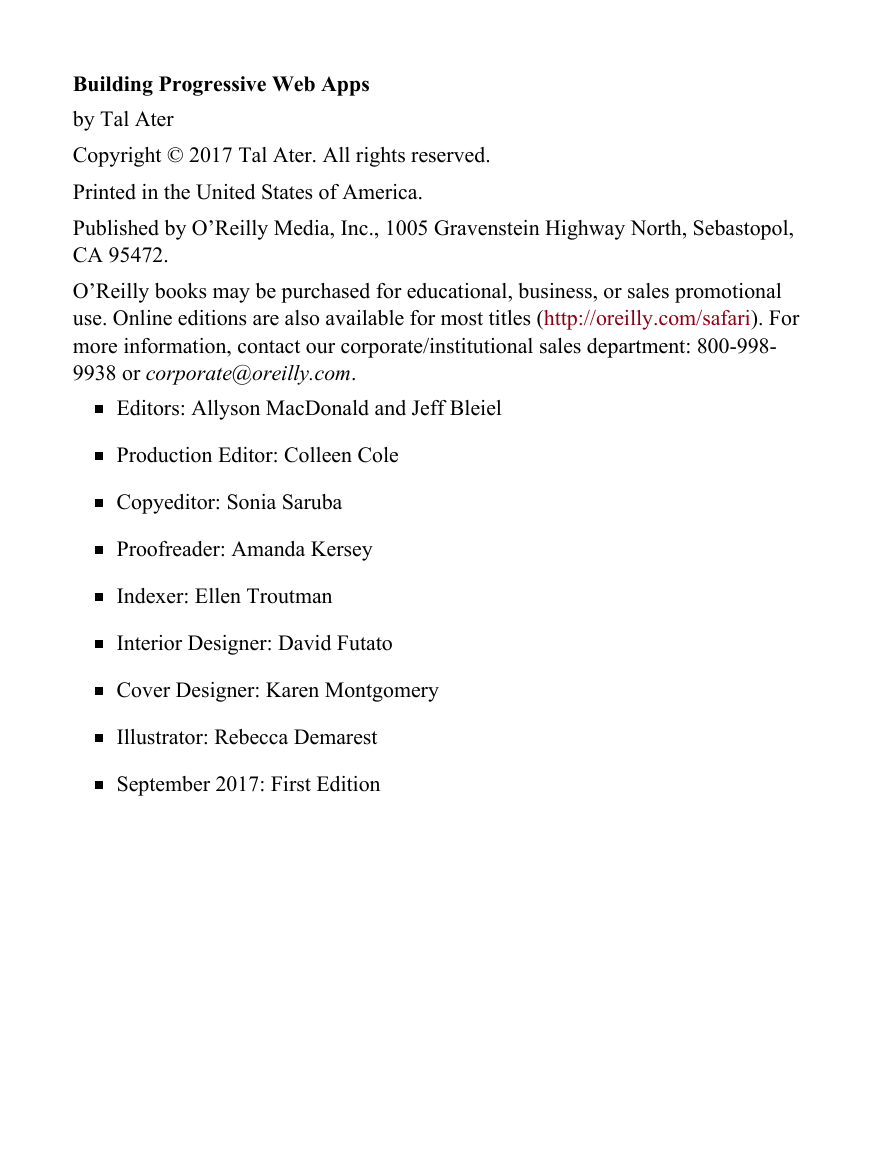
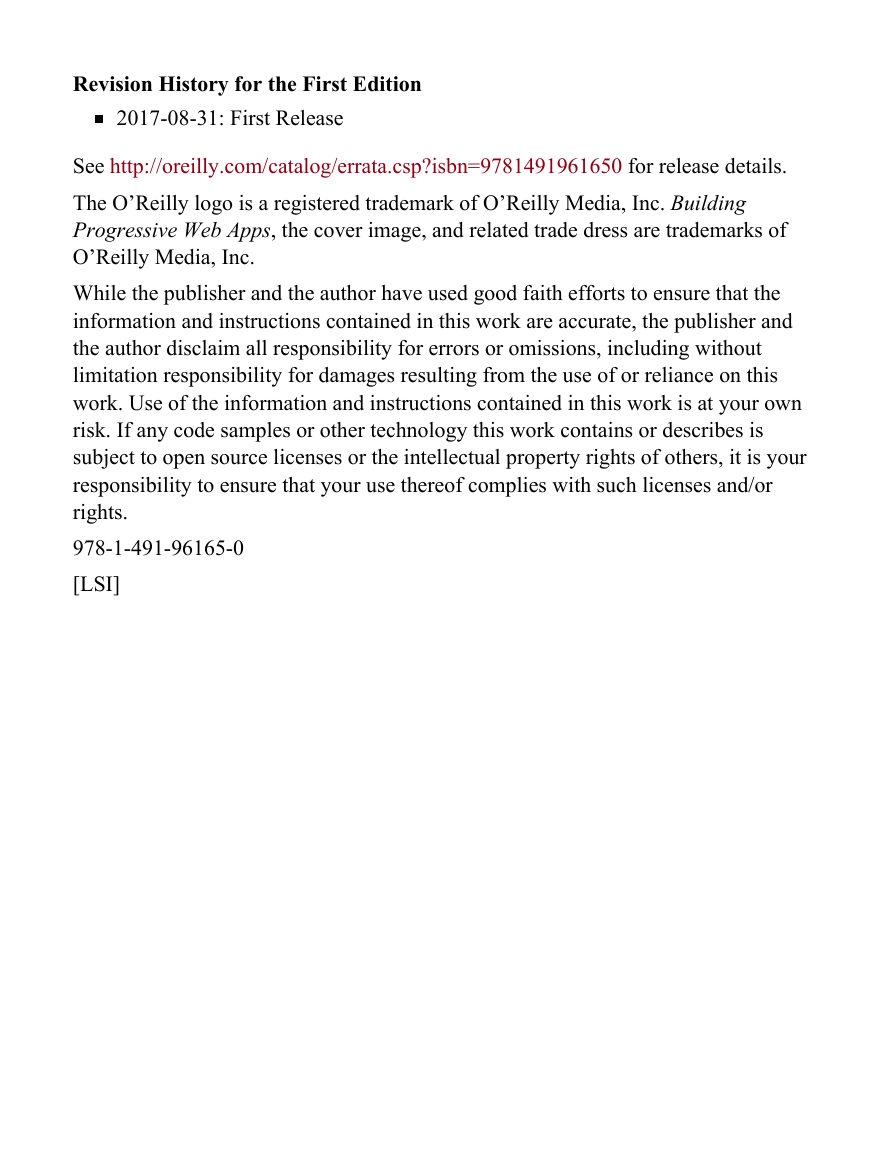


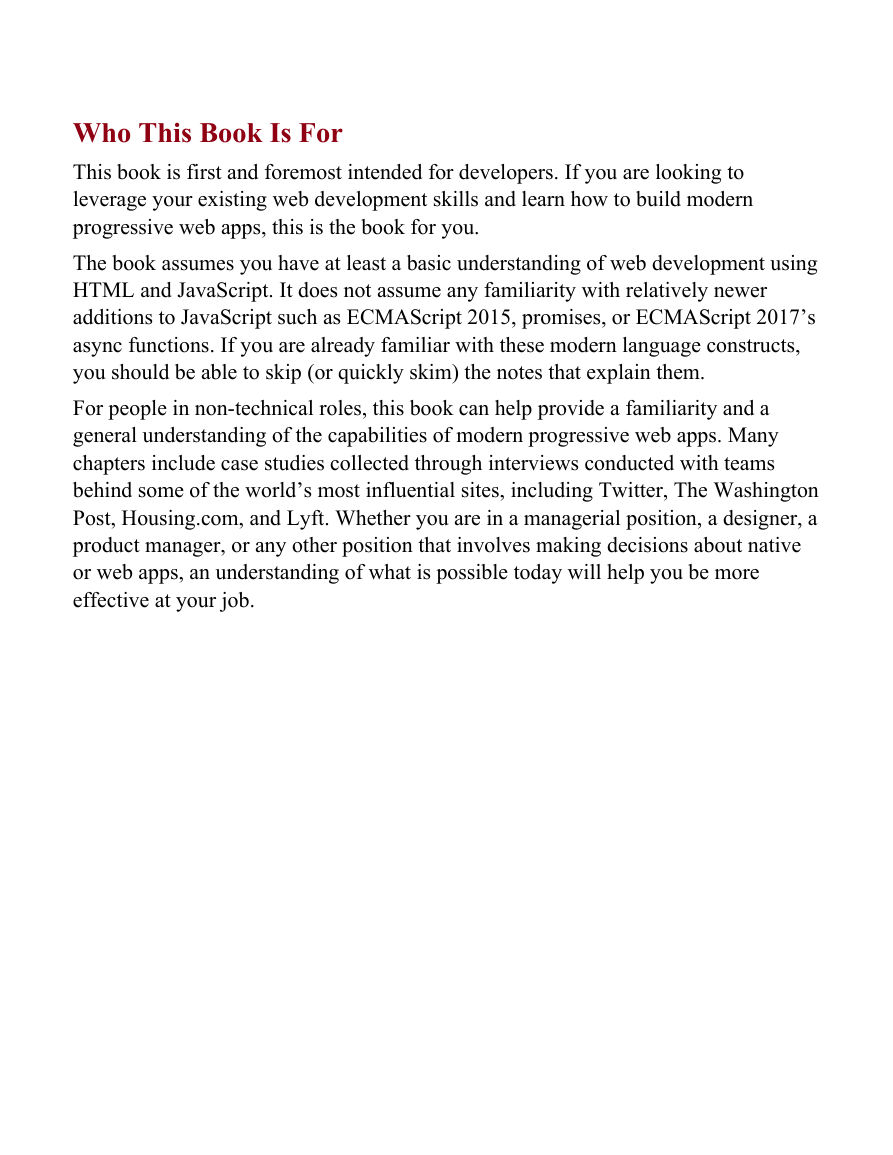
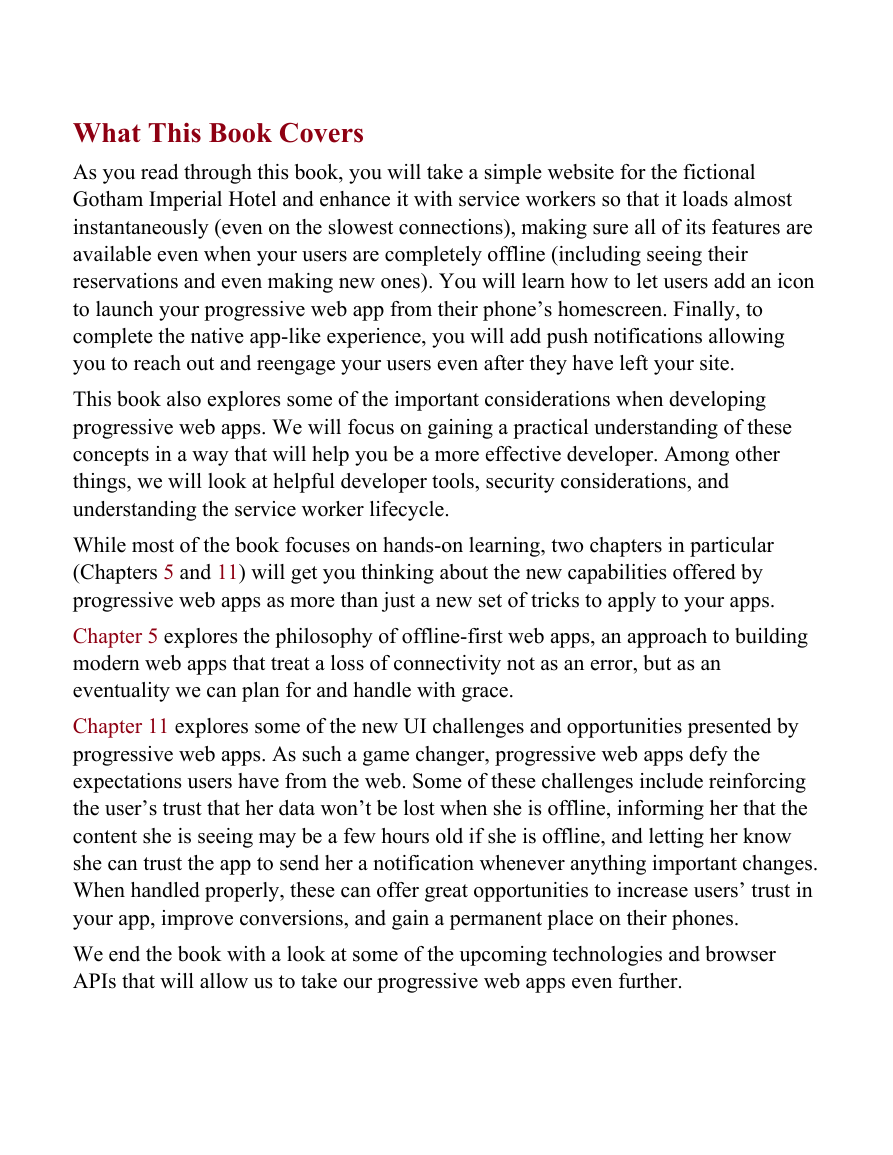








 2023年江西萍乡中考道德与法治真题及答案.doc
2023年江西萍乡中考道德与法治真题及答案.doc 2012年重庆南川中考生物真题及答案.doc
2012年重庆南川中考生物真题及答案.doc 2013年江西师范大学地理学综合及文艺理论基础考研真题.doc
2013年江西师范大学地理学综合及文艺理论基础考研真题.doc 2020年四川甘孜小升初语文真题及答案I卷.doc
2020年四川甘孜小升初语文真题及答案I卷.doc 2020年注册岩土工程师专业基础考试真题及答案.doc
2020年注册岩土工程师专业基础考试真题及答案.doc 2023-2024学年福建省厦门市九年级上学期数学月考试题及答案.doc
2023-2024学年福建省厦门市九年级上学期数学月考试题及答案.doc 2021-2022学年辽宁省沈阳市大东区九年级上学期语文期末试题及答案.doc
2021-2022学年辽宁省沈阳市大东区九年级上学期语文期末试题及答案.doc 2022-2023学年北京东城区初三第一学期物理期末试卷及答案.doc
2022-2023学年北京东城区初三第一学期物理期末试卷及答案.doc 2018上半年江西教师资格初中地理学科知识与教学能力真题及答案.doc
2018上半年江西教师资格初中地理学科知识与教学能力真题及答案.doc 2012年河北国家公务员申论考试真题及答案-省级.doc
2012年河北国家公务员申论考试真题及答案-省级.doc 2020-2021学年江苏省扬州市江都区邵樊片九年级上学期数学第一次质量检测试题及答案.doc
2020-2021学年江苏省扬州市江都区邵樊片九年级上学期数学第一次质量检测试题及答案.doc 2022下半年黑龙江教师资格证中学综合素质真题及答案.doc
2022下半年黑龙江教师资格证中学综合素质真题及答案.doc